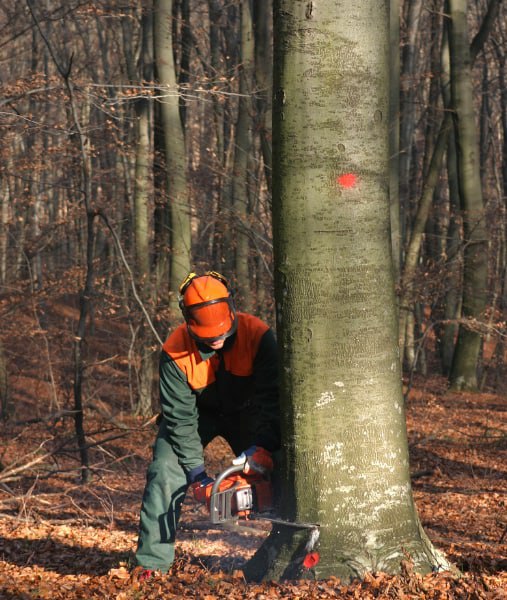
Introduction: For many, climbing a tree brings back fond memories of carefree exploration. But tree climbing isn’t just for kids – it’s a thrilling adventure and a valuable skill practised by arborists and enthusiasts alike. In this blog post, Rye Tree Surgeons will delve into tree climbing techniques, focusing on safety measures and the exhilaration of experiencing the canopy from a unique perspective.
Safety First: Essential Tree Climbing Gear
Before embarking on a tree-climbing adventure, it’s crucial to ensure safety through proper gear and preparation:
- Climbing Harness: Invest in a comfortable and adjustable climbing harness that distributes your weight evenly and supports your body during the climb.
- Helmet: Wear a certified climbing helmet to protect your head from potential falling debris.
- Climbing Rope: Use dynamic climbing ropes designed to absorb shock in case of a fall. Ensure the rope is free of any defects.
- Carabiners and Hardware: High-quality carabiners, ascenders, descenders, and pulleys are essential for safe and efficient movement in the tree.
- Prusik Knots: Learn to safely tie and use Prusik knots for ascending and descending the rope.
- Footwear: Wear appropriate climbing boots with excellent grip and ankle support.
- Gloves: Protect your hands with durable, non-slip gloves that grip ropes and branches firmly.
- Safety Glasses: When climbing, especially among dense foliage, consider wearing safety glasses to shield your eyes from branches and debris.
Basic Tree Climbing Techniques
- Pre-Climb Inspection: Before ascending, thoroughly inspect the tree for dead or weakened branches and ensure the trunk is healthy and stable.
- Anchoring: Secure your rope to a robust and stable branch using a safe, tested anchor point.
- Rope Ascension: Utilise Prusik knots to ascend the rope, ensuring a secure and controlled climb.
- Weight Distribution: Keep your weight evenly distributed between your harness and foot loops to minimise fatigue and discomfort.
- Branch Technique: Use proper branch-walking techniques, keeping three points of contact (two hands and one foot or two feet and one hand) at all times.
- Descending Safely: Employ descender devices like Figure 8 or a Grigri for a controlled descent.
Adventure in the Canopy
Once you’ve mastered the essential climbing techniques and safety precautions, tree climbing opens up a world of adventure and awe-inspiring experiences:
- Bird’s-Eye View: Enjoy a unique perspective of the natural world from above, observing wildlife, birds, and the changing seasons.
- Stress Relief: Tree climbing can be a therapeutic activity that allows you to disconnect from daily stressors and immerse yourself in the tranquillity of the canopy.
- Physical Fitness: Tree climbing offers an excellent workout, enhancing strength, agility, and balance.
- Environmental Education: Climbing can provide opportunities for tree identification, understanding ecosystems, and appreciating the importance of tree preservation.
- Community and Events: Join tree-climbing clubs and events where enthusiasts share experiences and knowledge.
Conclusion: Tree climbing is an exhilarating adventure that combines the ascent’s thrill with nature’s serenity. By following essential safety measures, mastering climbing techniques, and respecting the environment, you can experience the canopy differently. Whether you’re an arborist or an adventurous spirit, Rye Tree Surgeons encourages you to explore the heights and discover the wonders of tree climbing.
Call us on: 01797 334499
Click here to find out more about Rye Tree Surgeons
Click here to complete our contact form and see how we can help with your tree’s needs.